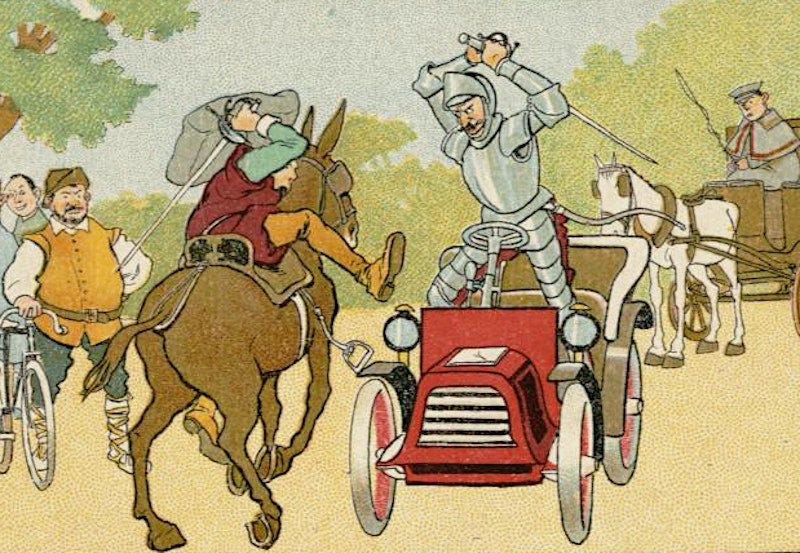This newsletter now has an audio version. Listen here or subscribe to the Negotiation for the Rest of Us podcast on your favorite podcast platform.
“Yes, and” is famously the mantra of improv comedians. When your improvising partner makes a suggestion, you go with it. You don’t waste time arguing about whether it’s true.
Improv comedy shows revolve around scenes co-created by the comedians, who have to keep the scene moving with every line they improvise. The scene doesn’t move if the actors stop to argue about their shared situation.
If one person says, “Sure is hot on the farm today,” the other has to accept it and move on. “Yep, sure is… and the pigs are getting rowdy.” Now the first person has something to build on.
On the other hand, if the improv partner replies, “It may look like a farm… but actually, we’re in space,” the scene screeches to a halt.
Negotiation and conflict resolution are forms of improvisation. You’re working together with another person toward a common goal, with no prior rehearsal.
In improv comedy, the goal is to create something unexpected, and make people laugh in the process. In a negotiation, the goal is to resolve the problem or make the decision. Either way, you don’t know exactly how you’ll get there, and it’s possible one of you thinks you’re in space while the other is on the farm. But you will try to work through it together and reach resolution. And that means you have to keep the conversation going.
Here's what the opposite of “yes, and” looks like in a negotiation:
That won’t work.
You’re making it complicated, but it’s very simple. We only need to figure out the dollar amount.
I don’t understand why we’re even spending time on this. Aren’t there more important things to worry about?
You’re looking at this all wrong. If you would see things my way, you would understand.
In each of these cases, the person talking has stopped the scene. There is nothing to build on.
So what do you do from there? You might get defensive, or frustrated. You might be tempted to argue: “No, you’re the one who’s wrong!”
Here’s how you can instead transform the conversation using “Yes, and.”
That won’t work.
OK. Can you tell me why it won’t work? Maybe we can figure out a solution.You’re making it complicated, but it’s very simple. We only need to figure out the dollar amount.
Yes, the dollar amount is important, and it’s also critical that we consider the impact on our staff.I don’t understand why we’re even spending time on this. Aren’t there more important things to worry about?
Of course, there are always more important things to worry about. Here’s why I think we need to address this issue …You’re looking at this all wrong. If you would see things my way, you would understand.
Yes, it seems like we have very different understandings of what happened, so it’s hard to make progress on a solution. Here’s where I think we are differing…
The goal is not agreement on every issue. The goal is to keep the conversation moving toward a conclusion. Yes, your perspectives will be different — and, you can find ways to reconcile your perspectives enough to reach a satisfying outcome to the conflict.
Homework for the month: Give “yes, and” a try. When you feel like arguing, pause, accept what the person said, and find a way to move forward.




